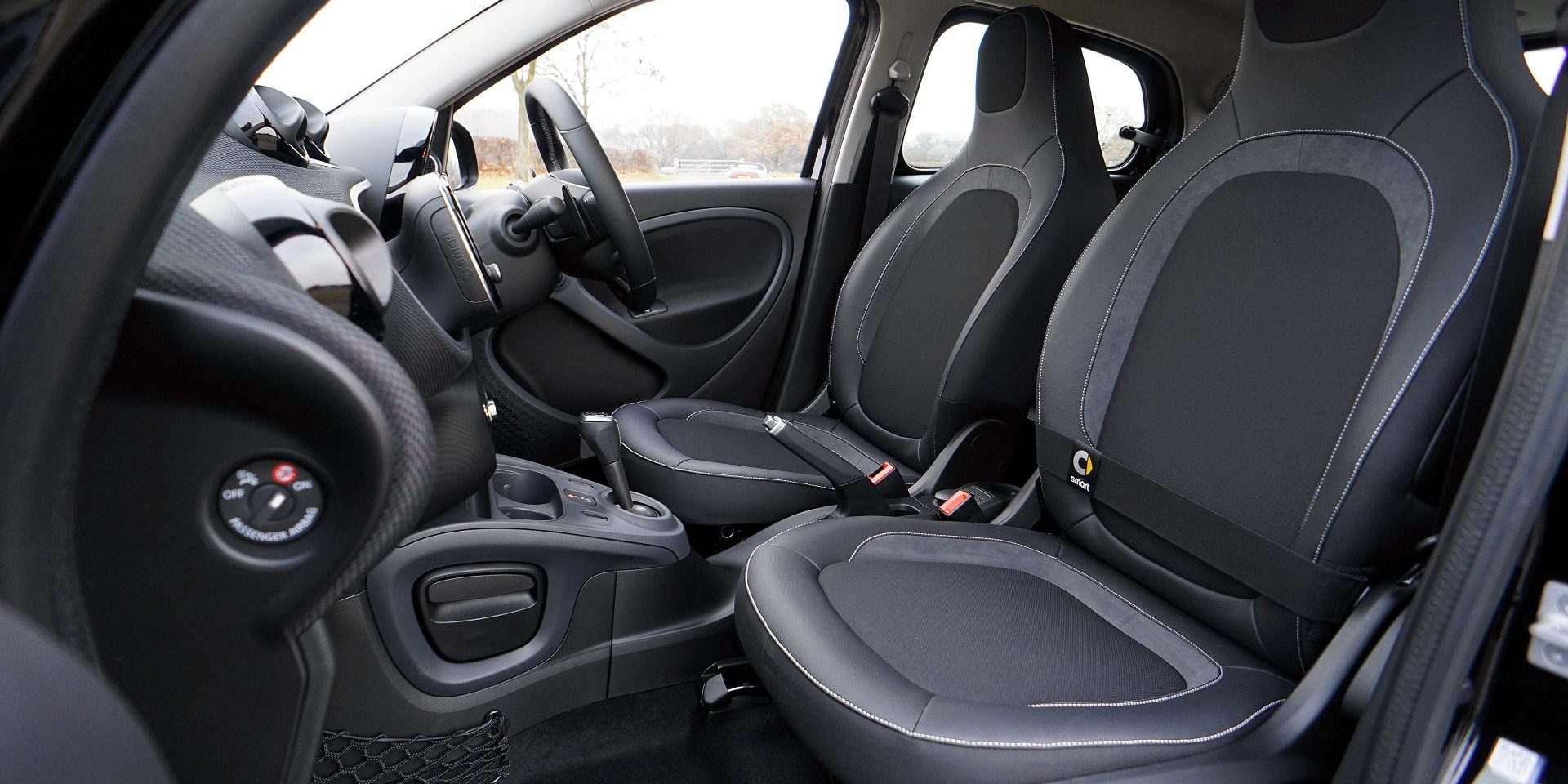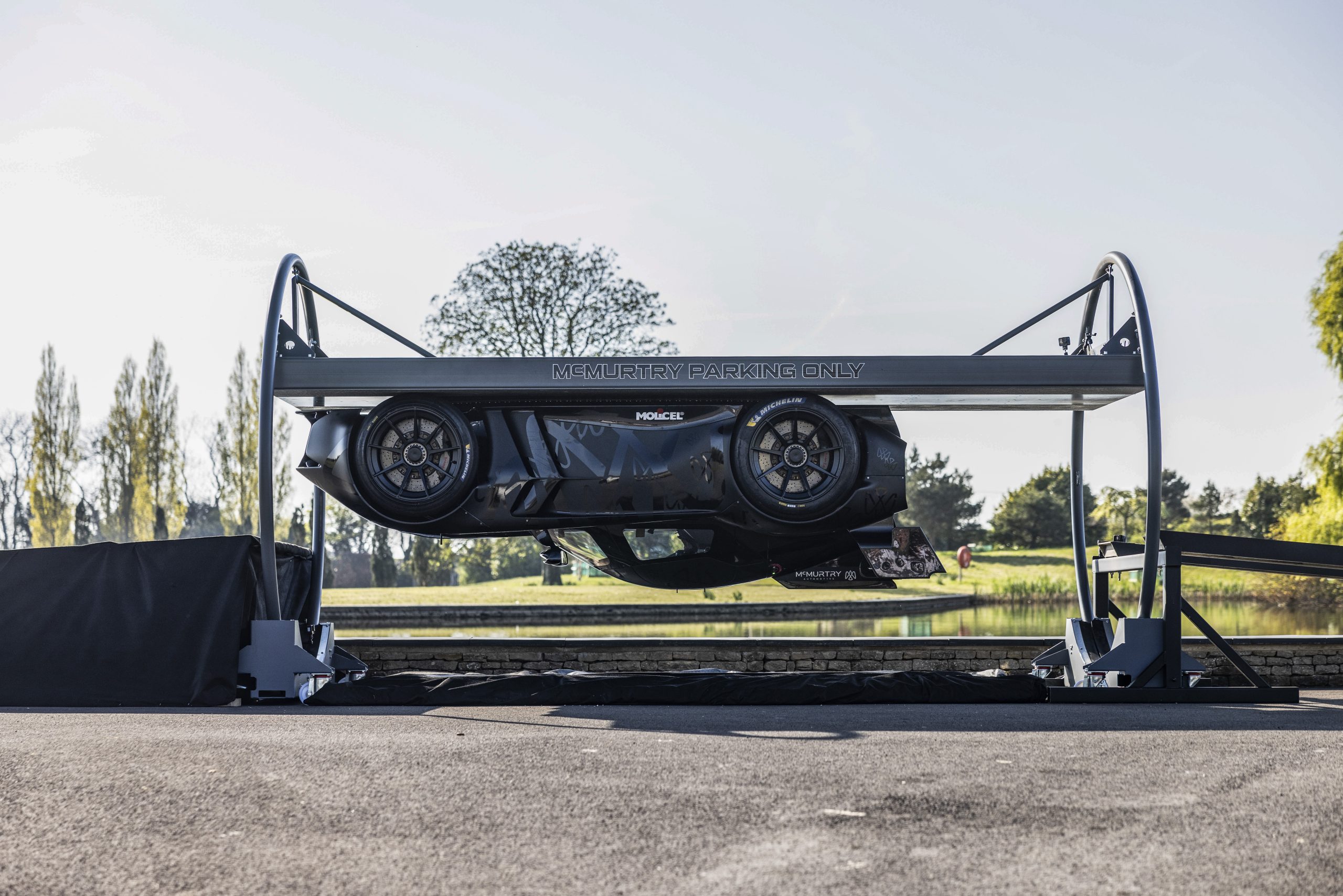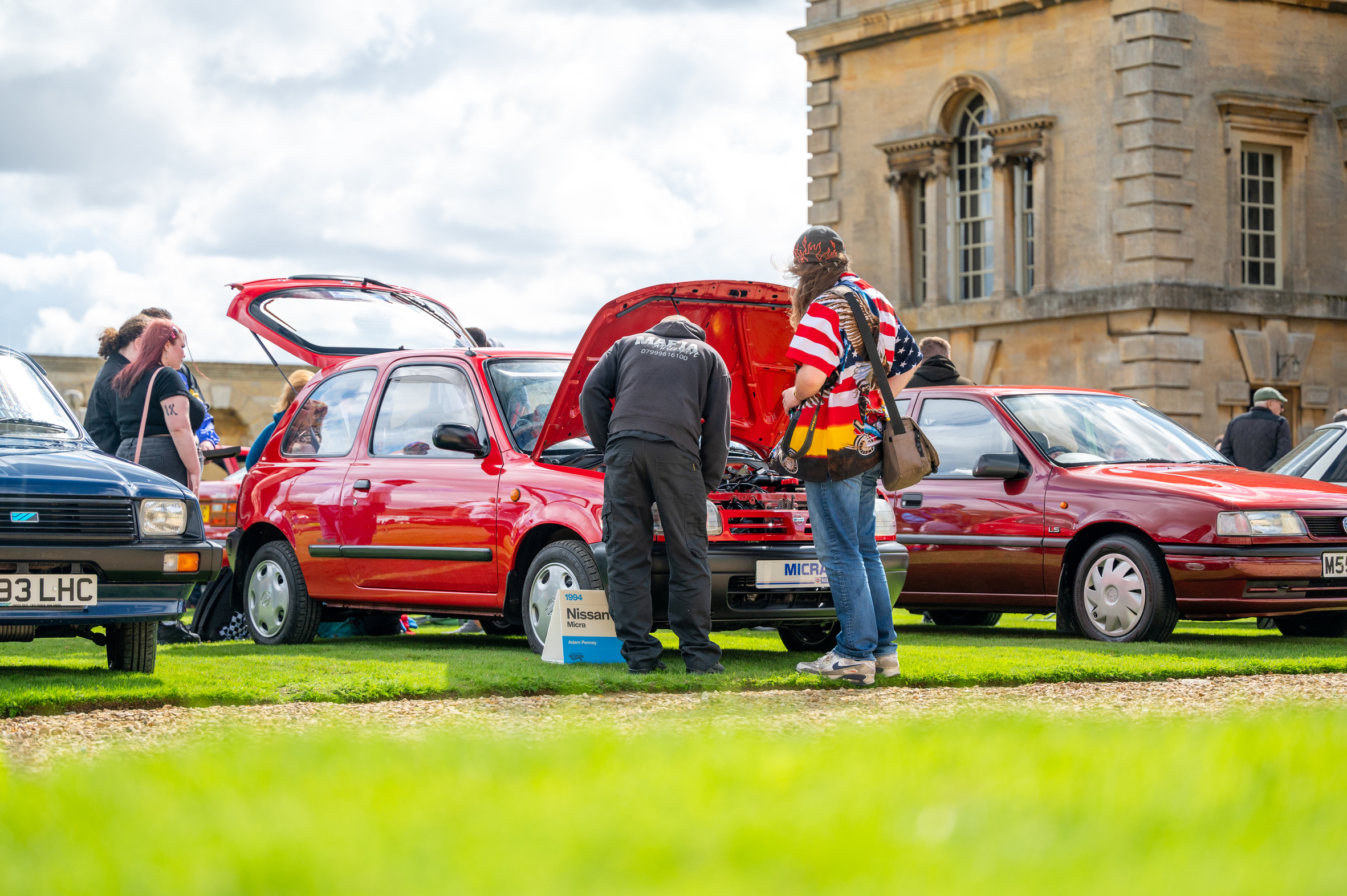How To Protect Leather Car Seats


Importance of Protecting Leather Car Seats
The safeguarding of luxurious leather car seats is indispensable, given their exquisiteness. If you want to protect your valuable asset from premature wear and tear, then implementing protective measures is paramount. To maintain your vehicle’s resale value, it’s important to regularly clean and condition the car seats. Neglecting the regular maintenance of your leather car seats can lead to cracking, fading, and peeling, compromising their aesthetics.
To ensure a long-lasting life span of the leather car seats, one should use a non-abrasive cleaner that is specially designed for leather surfaces. Avoid using harsh cleaning products or detergents that might harm the texture of the leather surface. Applying a specialised conditioner will help maintain the supple and soft texture of the seat.
Regular care by cleaning and conditioning your leather seats consistently every six months will ensure better performance. Consistent cleaning not only eliminates grime but also removes dust particles that tend to accumulate on surface areas unnoticed.
Did you know that sunlight alone can cause significant damage to unprotected leather surfaces? The harmful UV rays cause the discolouration and fading of precious leather over time! Hence, proper coverage with UV protection is an essential measure for preserving its quality.
A friend shared his horror story about spoiling his $2500 worth of Italian leather upholstery because he failed to protect it from sun damage while frequently driving in hot weather conditions! Hence, taking preventive measures against harsh elements such as direct sunlight plays a crucial role in protecting valuable investments over time.
Best Ways to Protect Leather Car Seats
To best protect leather car seats, you need to be mindful of regular cleaning and conditioning, covering the seats, avoiding direct sunlight, and using leather protective products. These sub-sections offer practical solutions to protecting your car seats from damage and preserving the quality of the leather.
Regular Cleaning and Conditioning
Maintaining the cleanliness and suppleness of your leather car seats is vital for both the appearance and durability of your car’s interior. Cleaning with a gentle, pH-neutral solution and conditioning with a specialised product can prolong the life of your leather. Make sure to avoid harsh chemicals and oversaturation during cleaning, which can cause damage to the leather fibres.
To ensure effective conditioning, apply a suitable leather conditioner after cleaning or when you notice any dryness. Remember to use only products intended for automotive leather, as household or shoe products may contain ingredients that can harm the leather. Additionally, refrain from exposing your car seats to direct sunlight or extreme temperatures, as this can lead to cracking and fading.
An extra step for protection would be investing in protective covers that shield the leather from spills and stains caused by food and drinks. These covers are easy to clean and maintain while guaranteeing additional protection against scratches or damages caused by pets.
Pro Tip: Regularly tending to your leather car seats will not only keep them looking good but also save you money on replacements in the long run.
Covering the Seats
Protecting Leather Car Seats
Preserving the quality of your leather car seats requires more than routine cleaning. Here are steps to shield your seats from potential damage and extend their lifespan.
- Choose a Strong Cover: Select a protective cover that fits appropriately around your vehicle’s interior. Ensure it does not shift or slide while driving.
- Shield from Moisture: Avoid any exposure to moisture, as it can cause permanent stains or weaken the material of your car seat.
- Utilise Sunshades: Place sunshades on all windows to block sunlight and minimise the fading or cracking of leather upholstery.
- Regular Cleaning: Fabricated leather requires a monthly wiping with warm water and a mild soap solution to remove dirt and maintain its lustre.
Eliminate spillage risks by using adequate storage spaces for drinks and food items, keeping them away from the seats. A single event of food spilling during transportation can cause severe harm to the fabric coating.
Pro Tip: Regular use of a conditioner infused with an excellent leather protectant ensures that your vehicle’s interior remains supple yet prevents fading, tear, and staining on the leather surface over time.
Avoiding Direct Sunlight
Protecting Leather Car Seats From Harmful Sunlight
Leather car seats are vulnerable to the damaging effects of direct sunlight. To prevent premature fading, cracking, and discolouration, it is essential to shield them from the harsh sun’s rays.
One effective way of avoiding direct sunlight is by parking your car in a shaded area or garage. Alternatively, you could use a windshield sunshade to protect the leather seats from the blazing sun rays while driving or parked.
Apart from shading, covering the leather seats with a protective layer, such as a seat cover, is another excellent way of preventing exposure to prolonged sunlight. Some auto accessories provide UV protection and can be customised according to your car’s interior design.
It is noteworthy that using reflective window tints can help reduce the amount of sunlight entering the car. However, before installing window tints, ensure they comply with local regulations regarding visible light transmittance (VLT).
Using Leather Protective Products
Leather preservation is essential for long-term durability. Here are the best ways to secure leather car seats:
- Apply leather conditioning products regularly to maintain the material’s suppleness and avoid cracking.
- Use cleaners that do not contain harsh chemicals or bleach to prevent stripping off natural oils.
- Avoid direct sunlight by installing window shades or parking in a shaded area, as sun rays can fade out the colour.
- Use leather seat covers when possible to reduce wear and tear and keep them clean from outside debris.
- Clean spills immediately with a dry cloth or towel before they penetrate deep into the material, making them harder to remove.
Furthermore, using protective products will preserve your leather car seats’ quality and longevity. Avoid compromising on the quality of these products, as cheaper versions may have abrasive components that could potentially damage your seats.
According to the Automotive Research Centre, using leather protection products progressively reduces interior ageing because they sustain cleanliness while allowing for added comfort.
Tips for Maintaining Protected Leather Car Seats
To maintain the pristine condition of your leather car seats and safeguard them against long-term damage, follow these tips for maintaining protected leather car seats. Begin by using appropriate cleaning products and immediately addressing spills and stains. Keep sharp objects off the seats and regularly inspect for any damage.
Using Appropriate Cleaning Products
When it comes to maintaining the quality of your leather car seats, it is important to be mindful of the cleaning products you use. To keep your protected leather car seats in top condition, choose products specifically designed for use with leather. Avoid using harsh chemicals and abrasives that can cause damage to the protective coating on the leather.
Using appropriate cleaning products will help maintain the natural oils in your protected leather car seats, ensuring they remain supple and resistant to cracks. Look for pH-neutral formulas that are gentle on the material, and avoid using too much water when cleaning. After using a product, make sure to wipe down any residue with a clean, dry cloth.
Keeping your protected leather car seats clean is an important step in maintaining their longevity and appearance. Choose quality cleaning products from reputable brands like Leather Honey or Meguiar’s to ensure that you’re getting the best possible results.
True Fact: According to a study by J.D. Power and Associates in 2019, one of the most important factors in customer satisfaction with their vehicle is seat comfort.
Addressing Spills and Stains Immediately
Spills and stains on protected leather car seats can be a challenge to remove if not tackled immediately. Acting promptly saves the day and ensures an easy clean-up process.
Here is a 5-step guide to tackling spills and stains immediately:
- Remove the liquid quickly with a dry absorbent cloth or paper towel.
- Blot (do not scrub) any remaining liquid with soapy water.
- Rinse the area thoroughly with clean water and wipe it dry using a soft, dry cloth.
- If a stain remains, apply a specialised cleaner for protected leather and rub gently in circular motions until it disappears.
- Rinse and wipe clean before the last drying process.
It’s essential to avoid harsh detergents, ammonia-based cleaners, or alcohol. It would help if you also kept clear of bleach, abrasive powders, or anything that could damage the seat’s finish.
Pro Tip: Use a protective conditioner after cleaning your car seats to keep them moisturised. Unless you’re auditioning for a horror movie, leave the knives at home and avoid turning your leather seats into a slasher film.
Avoiding Sharp Objects on the Seats
One method of preserving the quality and longevity of your protected leather car seats is by being mindful of sharp objects that may damage the material. Here are a few tips to keep in mind:
- Avoid carrying sharp objects in your pockets that may cause tears or holes in the leather.
- When placing luggage or heavy items on the seats, make sure they do not contain any sharp edges that may scrape against the surface.
- If you have children or pets travelling with you, ensure their toys or accessories do not have any protruding parts that could harm the leather.
It is important to note that sharp objects can easily compromise the look and feel of protected leather car seats. In addition to physical damage, it can also lead to increased wear and tear over time. To maximise their durability, it’s best to avoid exposing them to potential risks whenever possible.
To further protect your leather car seats from potential damage, consider investing in specialised covers or protective materials specifically designed for cars. These can provide an extra layer of defense against sharp objects while also preserving the aesthetic and value of your vehicle.
Regularly Checking for any Damage to the Seats
Regularly Monitoring the Condition of Protected Leather Car Seats is Vital
Protected leather car seats require proper maintenance to maintain their longevity. One of the essential aspects to keep in mind is regularly monitoring the condition of your seats. The primary reason for this is that damage caused by regular usage often goes unnoticed until it’s too late.
- Inspect your seats visually: Check for any cracks, scratches, or cuts on the surface.
- Feel for wear and tear: Run your hands over the seat to feel for any damage or changes in texture.
- Lookout for discolourations: Any significant colour changes or fading must be addressed immediately.
- Keep an eye out for holes and loose seams: Stitching can come undone over time, leading to further damage.
It’s crucial not to overlook minor issues and fix them promptly with a reliable solution. Regularly monitoring the condition of protected leather car seats helps ensure that you catch potential problems before they turn into bigger ones.
When it comes to maintaining protected leather car seats, prevention is always better than cure. By regularly checking for any damage to your automobile’s interior, you can prevent further harm from occurring down the line. Neglecting this task could lead to costly repairs or even result in having to replace the entire seat altogether.
Don’t risk losing the luxurious look and feel of your protected leather car seats by neglecting simple maintenance tasks. Keep an eye out for damages by regularly inspecting them, cleaning them properly, and avoiding exposing them to extreme sunlight or heat as much as possible.
How To Protect Leather Car Seats – Frequently Asked Questions
Q: What are some ways I can protect my leather car seats?
A: Some ways to protect your leather car seats include using a leather protector, avoiding spilling or staining substances on them, and regularly cleaning them with a leather conditioner.
Q: How often should I clean my leather car seats?
A: It is recommended to clean your leather car seats every three months or whenever they become visibly dirty or stained.
Q: Will using a car cover protect my leather car seats?
A: Yes, using a car cover can help protect your leather car seats from sunlight, moisture, and other environmental factors that can cause damage.
Q: Can I use any type of cleaner on my leather car seats?
A: No, it is important to use a cleaner specifically designed for leather car seats to avoid damaging the material.
Q: Should I park my car in a shaded area to protect my leather car seats?
A: Yes, parking your car in a shaded area can help protect your leather car seats from direct sunlight, which can cause fading and cracking.
Q: Are there any products I should avoid using on my leather car seats?
A: Yes, you should avoid using harsh chemicals, such as bleach or ammonia, on your leather car seats, as they can damage the material.










